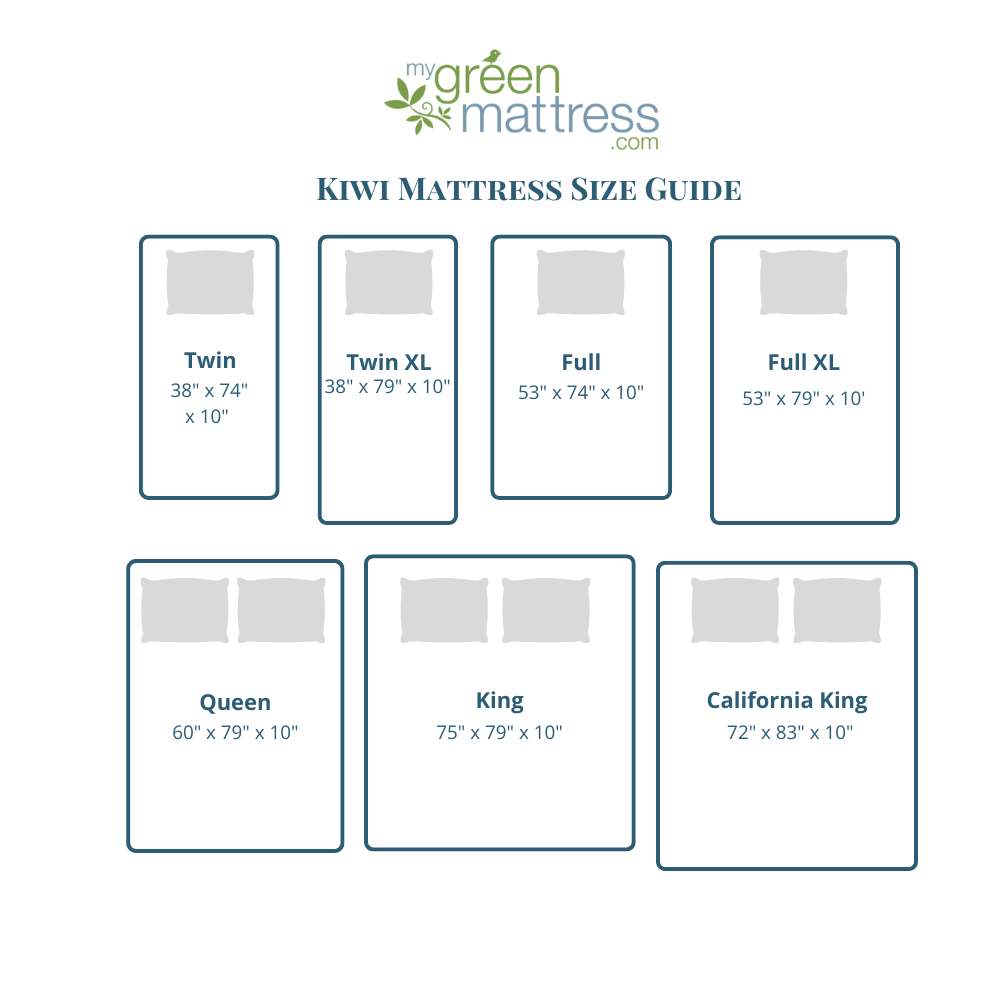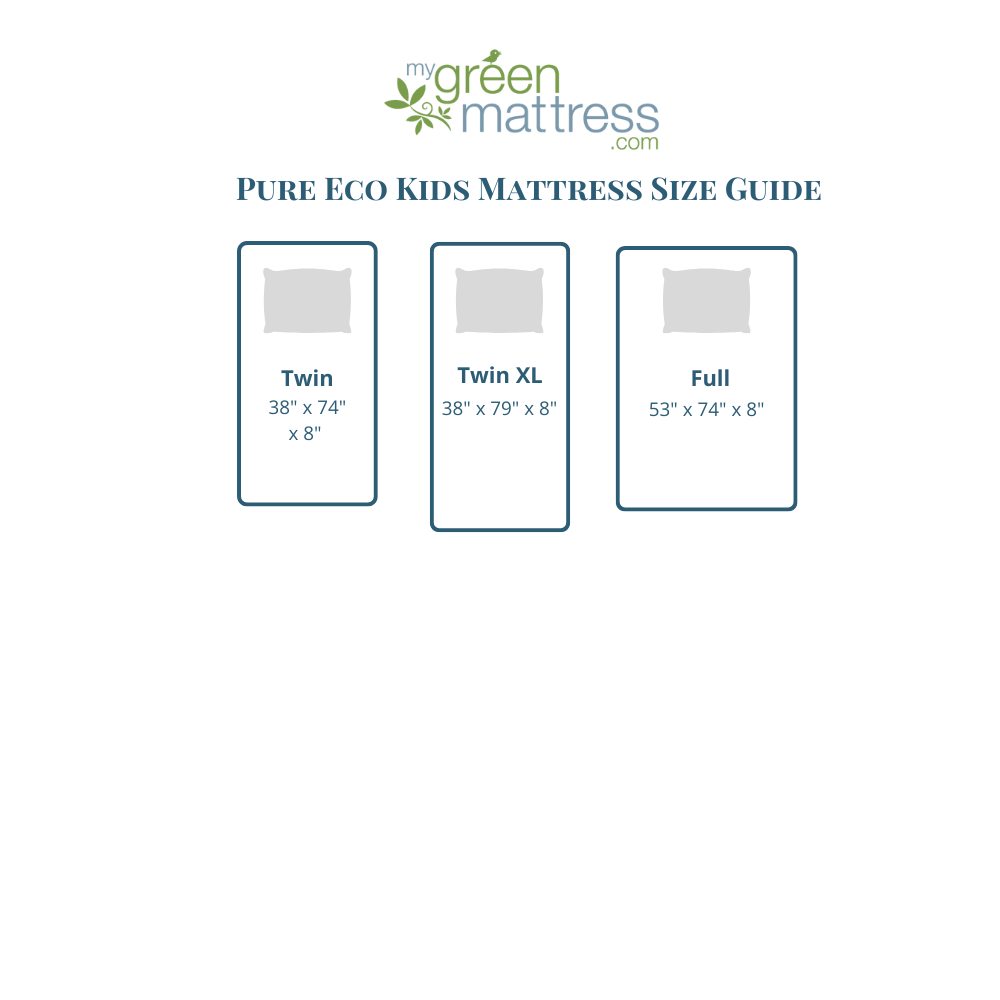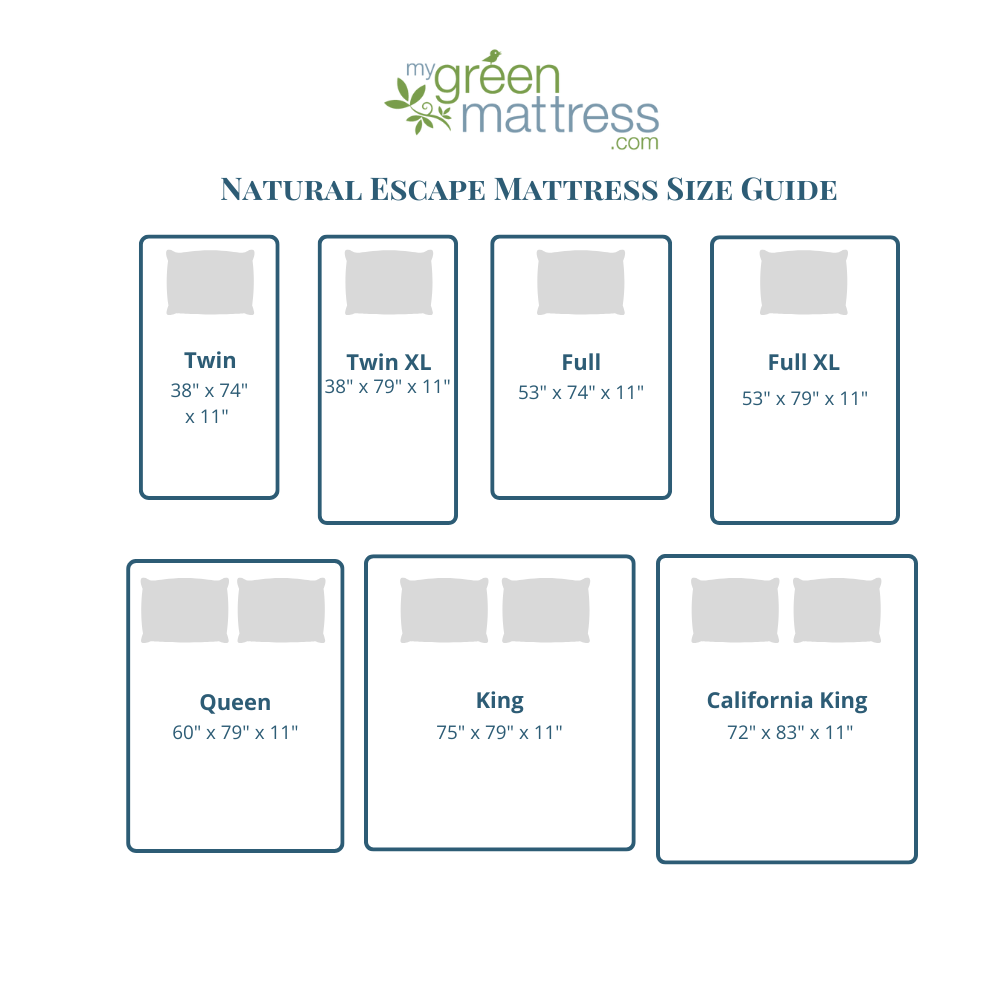It might seem obvious to most people that you’d want to avoid chemicals in your mattress. It certainly seems reasonable to want to avoid chemical exposure while you … sleep! But the use of chemical flame retardants complicates the picture, and there is a lot of confusion about these chemicals, why they are used and how you can avoid them. We’d like to clear that up!
Why Flame Retardants?
The history of chemical flame retardants being used in mattresses dates to the mid 20th century. At this time, mattress manufacturers started using synthetic materials much more often in their mattresses, and this meant that the mattresses were more flammable and were involved in a spate of deadly home fires around that time. After that, the consumer protection agency stepped in and created rules to prevent mattresses from easily catching fire. These regulations aimed to reduce the severity and speed of fires, providing more time for individuals to escape in the event of a fire breaking out in a bedroom or a sleeping area.
Here are some reasons why mattresses are still subject to flame retardant regulations:
- Fire Safety Standards: Mattresses are a significant factor in household fires. When ignited, mattresses can burn quickly and intensely, contributing to the rapid spread of fires. Flame retardant regulations aim to slow down the ignition and spread of fires, buying precious time for occupants to evacuate or for firefighters to respond.
- Reducing Fire Hazards: Bedrooms, where mattresses are primarily used, are one of the common locations where fires start in homes. Individuals may fall asleep while smoking, with candles lit, or with electrical devices running—all of which can potentially ignite a mattress. Flame retardant standards attempt to mitigate these fire hazards.
So now you understand why we want mattresses to be flame retardant. We can all agree that we don’t want our mattresses to be a fire hazard. But why use chemical flame retardants instead of natural ones?
A Brief History of Flame Retardants in Mattresses
In the 1950s and 60s, synthetic, petroleum-based products were revolutionizing consumer life in the USA and around the world. Around this time, following the introduction of rules about flame retardants in mattresses, manufacturers started incorporating chemical flame retardants into various consumer products, including mattresses, to meet fire safety standards. Commonly used flame retardants during this era included chemicals like polybrominated diphenyl ethers (PBDEs) and chlorinated tris.
In the 1970s and 80s, concerns about the health and environmental impacts of certain flame retardants started to arise. Studies began to link some of these chemicals to adverse health effects, leading to restrictions on the use of specific flame retardants, such as chlorinated tris, in certain products.
In the 1990s and 2000s, the use of certain flame retardants faced increased scrutiny due to growing evidence of their persistence in the environment, bioaccumulation in organisms, and potential health risks, including endocrine disruption and developmental issues. Some countries and regions started implementing regulations or bans on specific flame retardants due to health and environmental concerns.
Since then, there has been an increased awareness of the danger of chemical flame retardants in mattresses. Many manufacturers began exploring alternative, less toxic flame retardant materials or adopting natural fire-resistant materials like wool as a safer option. Additionally, public awareness about the potential health risks associated with some flame retardants has increased, leading to consumer demand for mattresses labeled as free from harmful chemicals or compliant with stricter safety standards.
Now we have mattress manufacturers that understand the dangers of chemical flame retardants and go to great lengths to create mattresses that are both free of chemicals as well as being flame retardant.
Why Avoid Chemical Flame Retardants In Mattresses?
There are several reasons why you might want to avoid mattresses containing these chemicals:
- Health Concerns: Many chemical flame retardants contain toxic substances that can be harmful to human health. Some of these chemicals have been linked to various health issues such as hormonal disruption, reproductive problems, developmental delays, and even cancer.
- Off-Gassing: Chemical flame retardants can release volatile organic compounds (VOCs) into the air through a process called off-gassing. Breathing in these VOCs over time can cause respiratory problems, allergic reactions, and other health issues, especially for sensitive individuals.
- Environmental Impact: Chemical flame retardants are not only harmful to human health but also have adverse effects on the environment. These substances can persist in the environment, bioaccumulate in organisms, and potentially disrupt ecosystems.
- Ineffectiveness: While flame retardants are intended to improve fire safety, some studies have shown that they may not significantly improve fire safety in real-life scenarios. Additionally, certain flame retardants have faced bans or restrictions due to their harmful effects, leading to regulations in some regions prohibiting or limiting their use.
When choosing a mattress, it’s best to look for those labeled as free from chemical flame retardants or made with natural fire-resistant materials, like organic wool. Certifications like Global Organic Textile Standard (GOTS) and MadeSafe® can provide assurance about the absence of certain harmful chemicals in mattresses.
All the mattresses we sell at My Green Mattress use organic wool as a natural and effective flame retardant. With a My Green Mattress, you can be sure that you and your loved ones are safe from both fire hazards and hazardous chemicals. Learn more about our 100% certified organic mattresses on our website.









